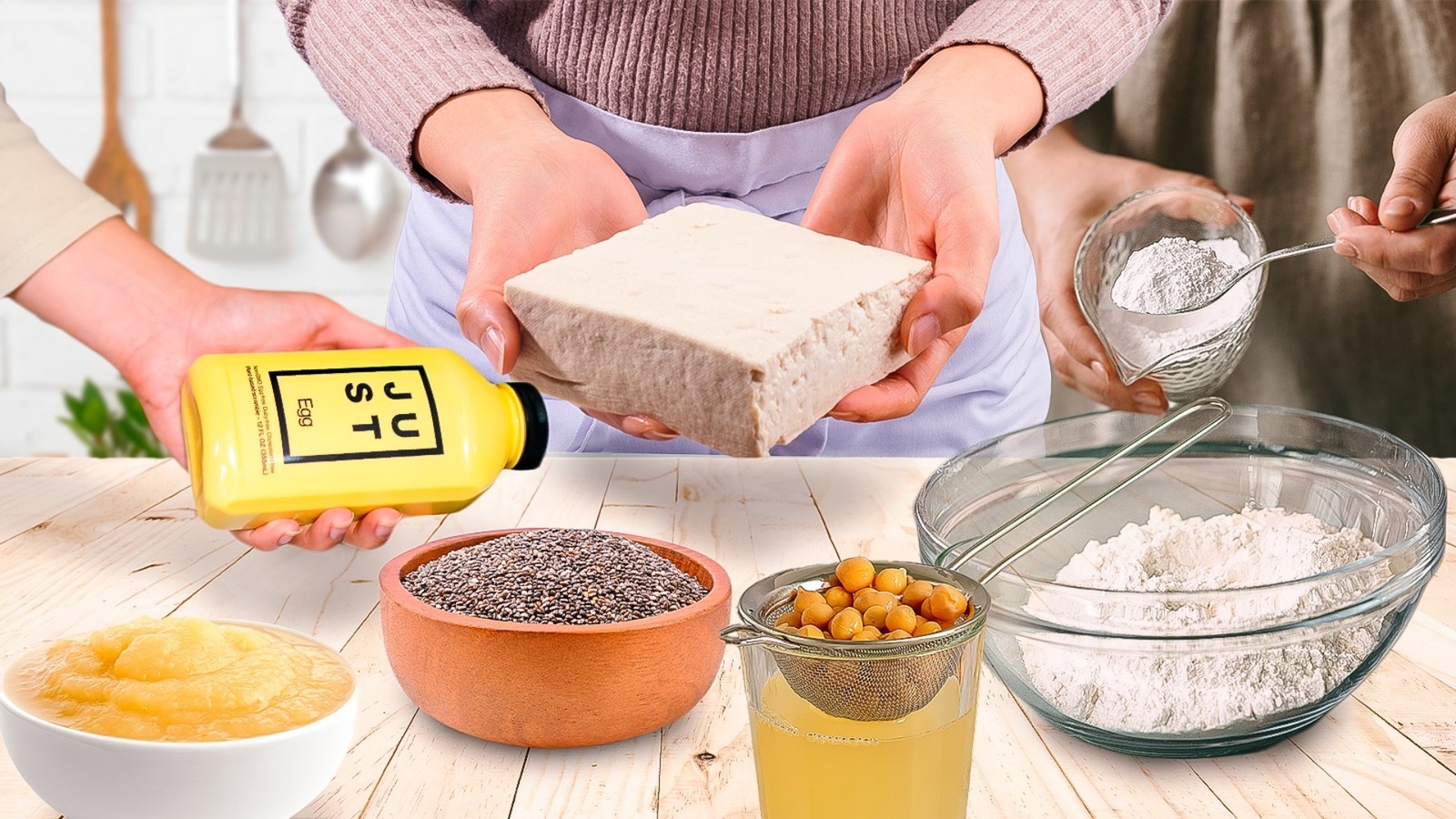
If you’ve ever looked at the ingredient list of a commercial egg replacer, you’ve noticed that it usually has one (or three) different types of starch. Starches, you see, are the shelf-stable understudies to eggs, adeptly mimicking the thick, jelly-like consistency eggs provide in custards and sauces or the light and airy texture in baked goods. Arrowroot powder is a favored choice, offering an egg substitute par excellence when combined with water. It also double-books as a binder, particularly in gluten-free recipes, and its resilience under acidic conditions makes it a hero in fruit pie recipes.
But though arrowroot gets most of the spotlight, there are plenty more starch types to choose from. Corn, potato, and tapioca starches, when mixed with water in 2:3 proportion, offer capable stand-ins for eggs in various dishes. Still, you need to be aware of different gelatinization temperatures. For instance, cornstarch has one of the highest, meaning it works best in baking, thickening within the range of 144 to 203 degrees Fahrenheit. Yet it also holds up to freezing relatively well, making it a welcome ingredient in an eggless gelato.
